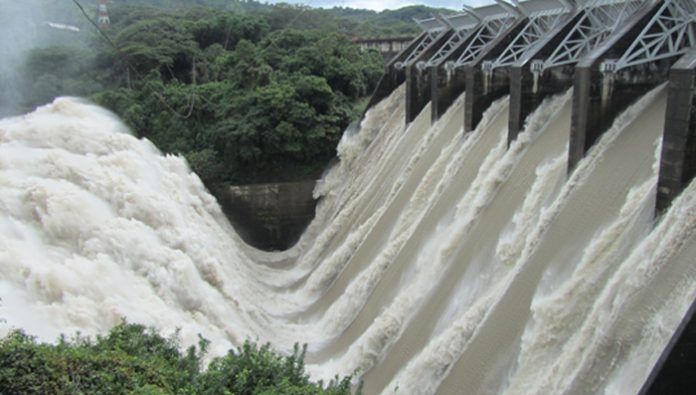The Chief Secretary of Jammu and Kashmir conducted a comprehensive evaluation of the ongoing hydropower potential harnessing initiatives within the Union Territory, delving into various aspects of rehabilitation and resettlement plans devised for the Project Affected Families (PAFs). The culmination of a hydroelectric power project (HEP) is not deemed complete merely with the conclusion of its core components. All related facets, including civil and electromechanical work, transmission lines, roads, and various ancillary works, must progress concurrently. Last-minute complications are deemed unacceptable. Consequently, the Chief Secretary has mandated the submission of a comprehensive report delineating the status of all associated works, and if any hurdles impede progress, they are to be explicitly identified and reported.
Over seven decades, successive administrations in Jammu and Kashmir failed to fully exploit the hydroelectric power generation capacity. Numerous impediments, including the inequitable Indus Water Treaty, consistently raised by Pakistan to obstruct India’s strides in electric generation, and the influence of local politics, wherein certain parties aligned themselves with the interests of Pakistan, contributed to this protracted negligence. Furthermore, the utilisation of the Chenab water potential in the Jammu Division was undermined. The predominant rivers in the winter zone of Jammu and Kashmir exhibit minimal water flow during the winter season, necessitating thorough planning for any major hydroelectric project. Undoubtedly, the execution of such projects demands a meticulous and comprehensive plan, encompassing environmental and ecological assessments, scrutiny of seismic activities in the region, and addressing the displacement of communities due to the extensive dam requirements. The present administration expedited the process, securing all essential clearances. Despite robust support from the Central government, persistent local issues have plagued certain projects, exemplified by the Ratle Hydroelectric Project, as construction companies stopped work due to these challenges. These impediments demand urgent attention to ensure timely project completion and prevent cost escalations due to delays.
The Chief Secretary astutely highlighted these concerns, directing the involved companies and departments to scrutinise even minor obstacles. The transparent engagement of the Chief Secretary facilitates expeditious resolution whenever projects encounter bureaucratic roadblocks. Simultaneously, companies must prioritise substantial local employment, leveraging corporate social responsibility to furnish essential amenities to the community, including preferential job opportunities. The district administration must play a pivotal role in this regard. Strategic meetings with stakeholders can ameliorate various issues, including employment concerns. Mega projects hold the potential to foster comprehensive township development, necessitating the creation of local self-help groups with district administration assistance to harness the transformative opportunities offered by these initiatives. Political considerations must be set aside, with the paramount focus on the welfare of the populace. The Central government’s substantial investments in these projects, amounting to lakhs of crores, underscore the collaborative efforts required to usher in an exponential transformation of the region. The successes witnessed in Doda, Kishtwar, Bhaderwah, and Reasi due to projects like Salal and Dulhasti offer a blueprint for the vast opportunities that can accrue at the local level, benefiting various sectors from transportation to education. Coordinated efforts among all departments and stakeholders are imperative to achieve the set objectives.
Energy demands, burgeoning under the growth trajectory envisioned by the Prime Minister, necessitate the seamless execution of projects like the ongoing 3043 MW initiatives and the ambitious plans for 15000 MW power generation out of the total 18000 MW potential. Proposals for numerous other projects are in progress, promising a transformative impact on the region’s development. When viewed in the broader context of progress, considerable strides have been made over the last four years. The establishment of an extensive road network, the establishment of medical colleges, initiatives in education and skill development, women’s empowerment through self-help groups, and the emphasis on alternative tourism and new industrial estates collectively underscore the commitment to elevate the development status of Jammu and Kashmir.
Trending Now
E-Paper


